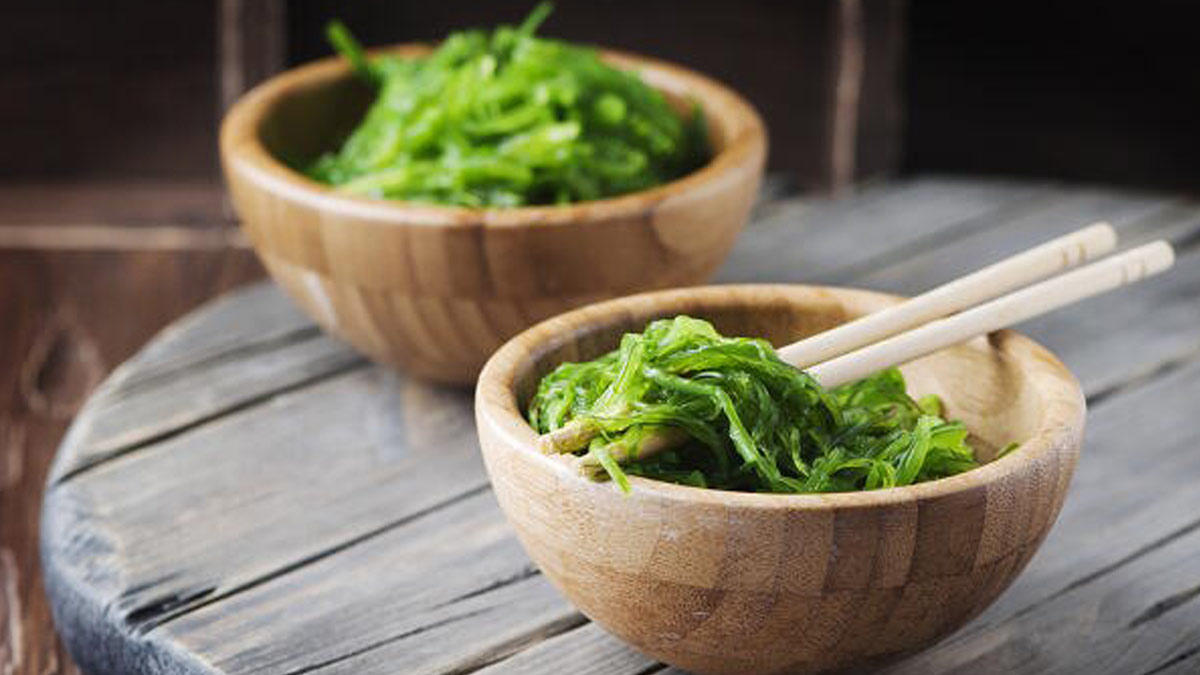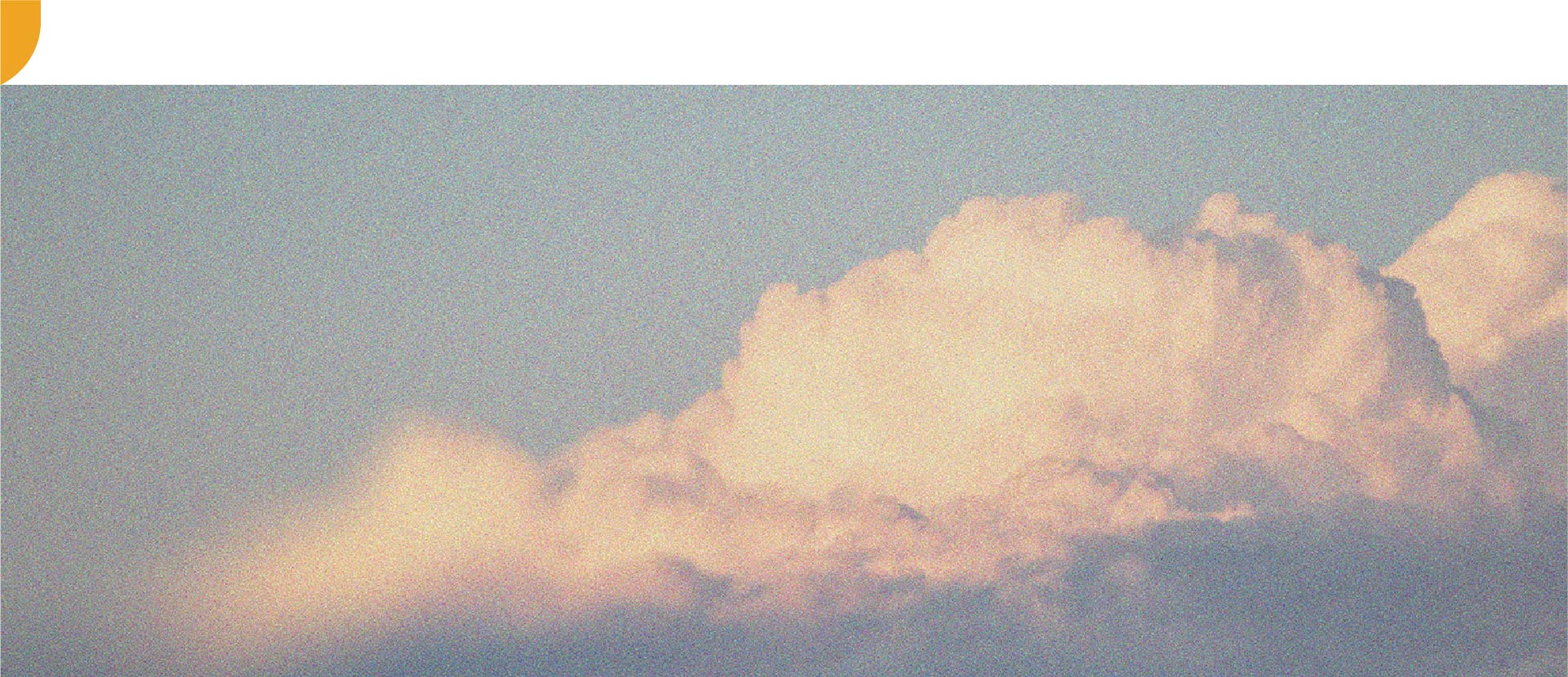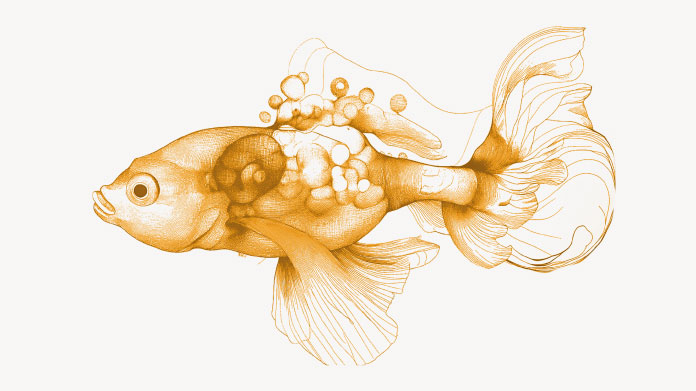10 good reasons to add seaweed to your diet
Our prehistoric ancestors ate seaweed – and they were absolutely right to do so, as it contains undisputed nutritional benefits...

Seaweed is high in protein
Protein is an essential macronutrient (along with carbohydrates and fat), as it plays a structural role in the body (participating in muscle cell production, for example) and is involved in digestive and immune system metabolism; it is also the body’s only source of nitrogen. Seaweed is generally high in protein (though content varies depending on the variety, red seaweed being the richest), making this food a valuable additional source of this essential nutrient. Red seaweed, for example, contains more protein than soya even though the latter is usually regarded as the no. 1 plant protein.
Seaweed is packed with fibre
Seaweed is particularly high in fibre, especially soluble fibre. An average 8 gram portion of seaweed covers up to one-eighth of our daily requirements for fibre. Dried seaweed is even better - up to 50% of its weight consists of fibre. Why is this an advantage? Because fibre affects satiety and therefore helps control weight (by regulating appetite), accelerates food transit, lowers ‘bad’ cholesterol and prevents cardiovascular disease and type 2 diabetes … According to a study published in 2000 in the journal Nutrition Research the fibre in seaweed may be more effective at controlling diabetes and cholesterol than that from other dietary sources.
Seaweed helps keep you trim
Because it’s high in fibre, but very low in calories (around 40-45 per 100g on average) and low in fat, seaweed is a valuable aid to those watching their figures. It expands in the stomach and thus has a hunger-suppressing effect. Another benefit is its gelling properties. For example, as a substitute for gelatin, agar-agar helps produce ultra-light and tasty products (vegetable mousses, fruit jellies …) provided the right dose (4g per liter) is used. And seaweed’s slimming benefits are used in some dietary supplements (Fat & Carb Blocker), designed to aid weight loss.
Seaweed boosts immunity
This is particularly so with brown seaweed because it contains fucoidan. A large number of studies conducted across the globe over several years suggest this polysaccharide may boost the immune system.
Seaweed may prevent some forms of cancer (according to some scientific studies)
Research conducted on rats suggests seaweed may have a protective effect against some types of cancer, particularly hormone-dependent forms such as breast or prostate cancer. Now human studies are needed to confirm these highly promising findings. Another study from 2010 showed that the plant sugar compound fucoidan present in brown seaweed may improve the efficacy of chemotherapy.
Seaweed is chock-full of vitamins
In general, seaweed is packed with vitamins, particularly A, B2, B9 (folic acid), B12 and K. The dulse and nori varieties have the highest vitamin content (except for vitamin K).
Seaweed is generally rich in antioxidants
Seaweed contains carotenoids, vitamins, flavonoids, tannins … So many compounds with proven antioxidant benefits. However, these antioxidant properties vary according to the type of seaweed (colour or depth of colour plays a role), but the absolute ‘must-have’ variety is Ecklonia cava, a brown seaweed highly-prized in Japan and Korea, and the no. 1 choice for antioxidant power.
It’s simple to cook with seaweed
Seaweed is available in two forms: dried or fresh. When dried whole, it needs to be rehydrated (for 5-40 minutes depending on the variety) in a little warm water before use. It can then be easily incorporated into soups, salads, pasta or rice … In dry powder form, it can be sprinkled over salads or added to dishes. If using fresh seaweed, it should be rinsed thoroughly before use. It can then be eaten in salads or cooked al dente or until tender, according to preference. You can then add it to whatever recipe you choose.
There is a wide variety of edible seaweed
Most of us are aware of the nori and wakame types of seaweed which feature prominently in Asian cuisine (nori is used to make maki sushi). But there are many other varieties of edible seaweed available, including here in Europe. Dulse, kombu, sea lettuce, kelp, hijiki, sea spaghetti, spirulina and agar-agar are all types of seaweed that can be consumed either as food or as dietary supplements (to benefit directly from their health properties).
Seaweed is good for the heart
Danish scientist Ole G. Mouritsen maintains that consuming 5-10g of seaweed a day may significantly lower your risk of developing cardiovascular disease. Why? Because it is high in fibre and antioxidants which reduce levels of the ‘bad’ form of cholesterol.
Keywords
4 Days
Availability of quality health…
Availability of quality health supplements and it's wide variety is impressive. Ordering is seamless and shipping even during the holidays is well streamlined.
Mohamad Hussein
19 Days
A Product worth waiting for when not…
A Product worth waiting for when not available and then arriving as a surprise!
DOMINIC
20 Days
On time shipping
On time shipping
GEORGE Verne
22 Days
Ordering was easy and the product was…
Ordering was easy and the product was delivered with no problems. Appreciated that I was notified when it would arrive. Thanks!
MascarC
27 Days
Great customer service - responsive …
I ordered from them and my item was unavailable for sometime. I was super happy when they reactivated my order and shipped my item which arrived very quickly. Great customer service.
Ruth Rueter
28 Days
Super fast shipping
Super fast shipping
Donald Borling
32 Days
Reputable companysearch and the number of…
The research and the number of selection of products.
NAKHJAVAN Shervin
45 Days
The Anti Aromatase is a great product
The Anti Aromatase is a great product. You just need to have constant inventory. Recently this product has been out of stock.
GEORGE Verne
46 Days
Great help on chat
Great help on chat. Knowledgeable and friendly.
Jason Argos
50 Days
Customer service was fast and friendly.
Customer service helped to stop the transaction process of the subscription. I appreciated that.
Greenie
50 Days
I order here due to the high quality of…
I order here due to the high quality of the products and the quick delivery of items - thank you
Barbara J
51 Days
SuperSmart's Eye Pressure supplements: highly recommended!
I purchase SuperSmart's Eye Pressure supplements regularly for over 5 years, and gotta say they are truly a wonderful product for my Glaucoma. Highly recommended if you have eye pain from your Glaucoma.
D. Martinez
56 Days
Quick service
Quick service
MONELL
57 Days
Speedy service.
Speedy service.
ROSENTHAL Marvin
60 Days
Clear website- Efficient
Clear website. Excellent search engine and fast delivery!
Mohamad Hussein



